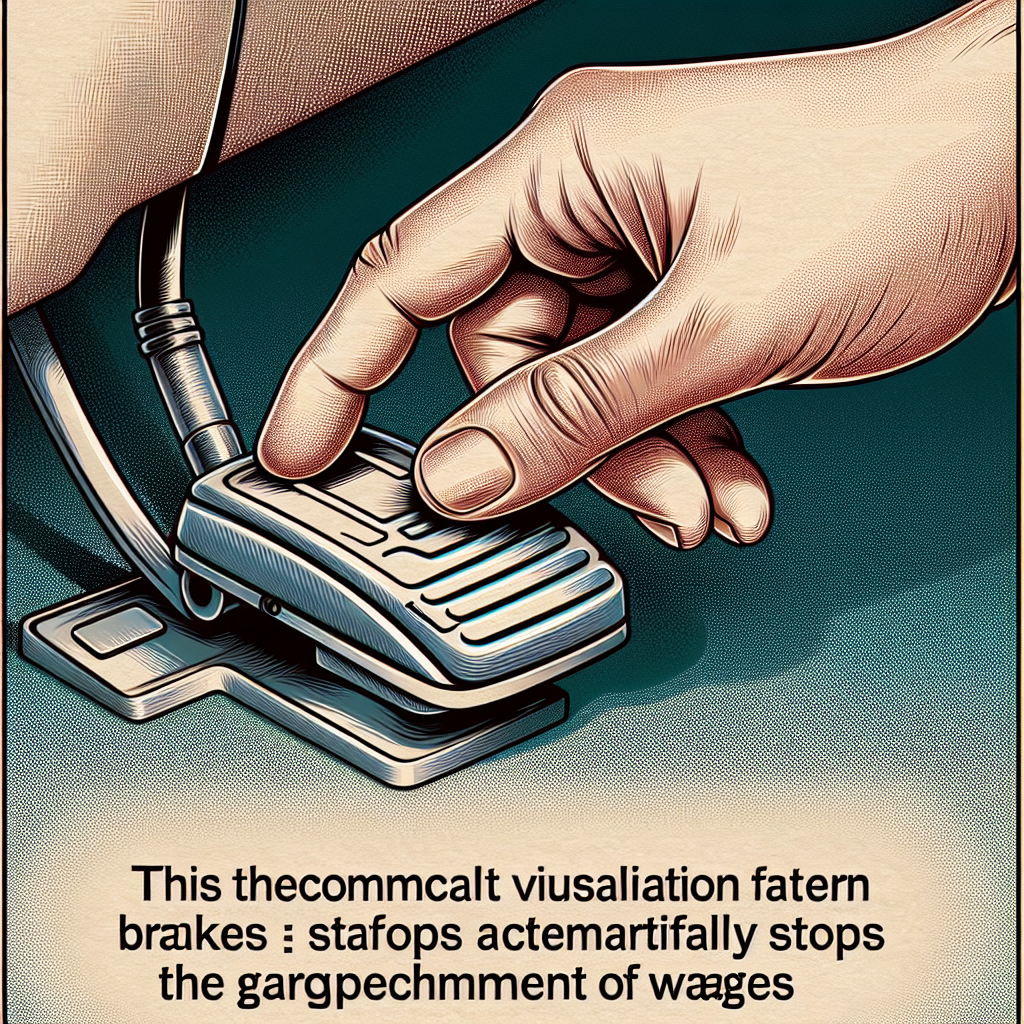Understanding the Nuts and Bolts of Wage Garnishment
Picture this: a chunk of your paycheck vanishes before it even lands in your hands—that’s wage garnishment, a legal maneuver where your employer diverts part of your earnings to satisfy someone you owe money to. Often, this happens under the hammer of a court ruling and typically targets debts like unpaid taxes, child support, student loans, or outstanding bills.
Federal regulations cap this haircut at a quarter of your disposable income, but the usual snag sits around 10 percent for most private-sector employees. Before creditors can start the payroll pillaging, they generally must earn their stripes in court—exceptions include child support, certain taxes, and student loans, which can bypass legal hurdles.
Key Stats at a Glance
Across the United States, wage garnishment affects roughly 7 million workers annually. For private sector employees, the garnishment percentage generally hovers near 10%, but in more severe cases, it can climb beyond 25%, crippling take-home pay and monthly budgets.
Bankruptcy as a Potential Shield — How Far Does Its Armor Stretch?
Filing for bankruptcy often serves as a powerful legal pause button—an automatic stay—that halts most creditor actions, including wage garnishment, the moment your court petition lands. This stay acts like an invisible wall, signaling your employer to cease drawing from your earnings.
When Bankruptcy Can’t Put the Garnishment Genie Back in the Bottle
- Sticky Tax Debts: Recent federal, state, or local tax liabilities often slip through bankruptcy’s protective net, allowing IRS and tax agencies to keep garnishing.
- Domestic Support Duties: Child support and alimony? Those garnishments march on regardless of bankruptcy filings, as they’re treated with top priority in repayment.
- Penalties from the Pen: Criminal fines, court-ordered restitution, and other legal penalties remain untouched by bankruptcy shields.
- Student Loans—A Tricky Terrain: Bankruptcy usually halts garnishments tied to student loans, but discharging these debts is notoriously tough. Failure to clear them means garnishment could resume post-bankruptcy.
How Bankruptcy Steps In to Halt Garnishment
- Check Your Bankruptcy Fit: Your first move? Pin down whether Chapter 7 or Chapter 13 suits your finances. Chapter 7 wipes the slate clean on unsecured debts like credit cards and medical bills, often stopping garnishment swiftly. Chapter 13 sets up a game plan to repay debts over several years, putting garnishment on ice while you pay.
- File Your Papers: Ready to proceed? Assemble your financial dossier—debts, incomes, assets, expenses—and hand it over to the bankruptcy court. You’ll also manage filing fees and might need a savvy attorney to guide you through.
- Automatic Stay Kicks In: Once your petition is filed, the automatic stay springs to life, freezing creditor actions. Your employer receives the memo and should halt any ongoing wage garnishment.
- Debt Discharge or Repayment: Chapter 7 wraps up in about 4 to 6 months, erasing eligible debts and ending garnishment permanently on those accounts. Chapter 13 reshapes debts into court-approved payment schedules, stopping garnishment during repayment.
- Keep an Eye Post-Bankruptcy: After discharge, verify your wages are garnishment-free. If garnishment persists, act fast by alerting your employer and, if needed, seeking legal help—continuing to garnish after a bankruptcy notice is against the law.
Other Routes to Halt Wage Garnishment
Bankruptcy is no silver bullet—its shadows loom large over your credit history for up to a decade, complicating future borrowing and often hiking interest rates. Thankfully, alternative strategies exist to fend off garnishment without dragging your credit through the mud.
Strike a Deal with Creditors
Opening direct talks can sometimes flip the script. Propose lump-sum settlements or payment plans that keep creditors paid without grabbing your paycheck first. Creditors might even trim garnishment or grant breathing room if hardship is evident.
Leverage Exemptions to Shield Your Earnings
- Head of Household Perks: If you’re the breadwinner, you might snag exemptions curbing wage garnishment.
- Income Threshold Protections: Earning below certain levels can also limit garnishment under state or federal laws.
Claiming these protections requires filing with the court, detailing why your income deserves sanctuary.
Clear the Debt in One Go
Though tough for many, settling the entire debt outright is the surest way to ghost garnishment. Pooling resources from savings, loans, or help from loved ones can free your paycheck from future deductions.
Enroll in Debt Repayment Programs
Credit counseling agencies might come to the rescue, especially if credit cards or medical bills are the culprits. They craft debt management plans (DMPs) that bundle your debts into one manageable monthly payment. Sometimes, creditors agree to stop garnishing wages if you stick to the DMP.
Challenge the Judgment Behind Garnishment
Wage garnishment normally follows a court judgment. If that judgment slipped under your radar or contains errors, you might contest it by filing to vacate the ruling. Missed notices or court dates with valid reasons can help get judgments overturned.
Consolidate or Refinance to Lighten the Load
For student loans triggering garnishment, consolidation or rehabilitation programs can halt paycheck deductions. The feds may garnish up to 15% of your wages on defaulted loans, but these programs negotiate manageable payments.
Refinancing personal or credit card debts might also reduce interest rates and stave off wage garnishment by making monthly bills less painful.
Seek Hardship Exemptions
If garnishment is pushing you into financial crisis—unable to afford basics like rent or groceries—you might petition courts for hardship exemptions. These are especially relevant for government-related debts, with courts sometimes pausing garnishment temporarily in response.
Final Thoughts: Navigating the Wage Garnishment Minefield
While bankruptcy offers a powerful stopgap against most wage garnishments, it’s not a cure-all, especially for debts tied to child support, alimony, or certain taxes. Exploring alternatives—like debt consolidation, repayment plans, and legal challenges—can help preserve your credit and stabilize finances without the heavy toll bankruptcy exacts.
Ultimately, nipping wage garnishment in the bud by addressing debts early is usually the smartest play. If you find yourself cornered, consulting with a qualified attorney can illuminate your rights and plot the best path forward.
